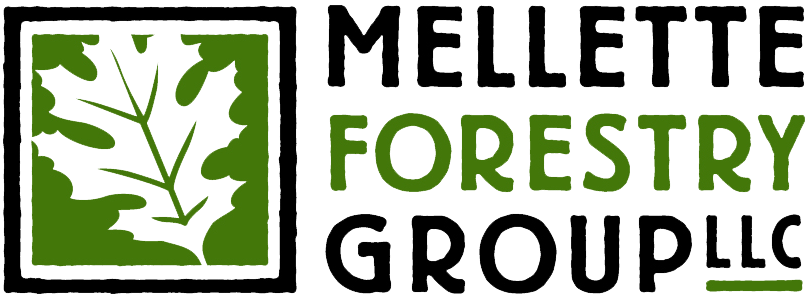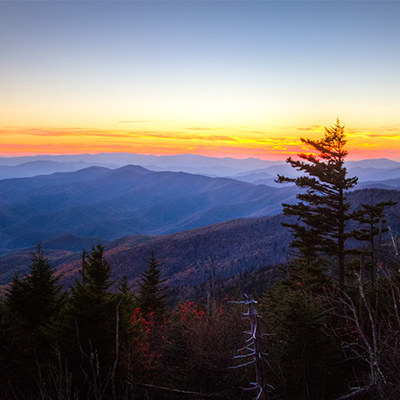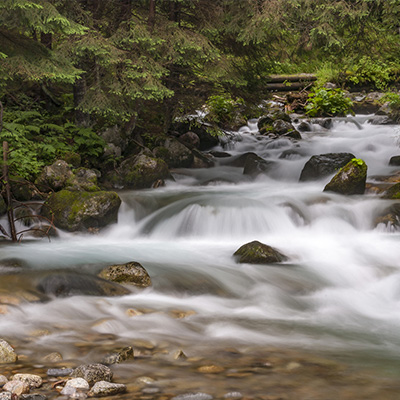Resources
Billions of cicadas will emerge in the U.S. this year in a rare double-brood event. This year's dual emergence is a rare, synchronized event that last occurred in 1803.
"It’s official: 2024 belongs to the cicadas. This spring, two different broods of cicadas — one that lives on a 13-year cycle and the other that lives on a 17-year cycle — will emerge at the same time from underground in a rare, synchronized event that last occurred in 1803.
Billions of the winged insects will make an appearance across the Midwest and the Southeast, beginning in some places in late April, for a raucous mating ritual that tends to inspire fascination and annoyance in equal measure.
This year’s dual emergence is a once-in-a-lifetime event. While any given 13-year brood and 17-year brood can occasionally emerge at the same time, each specific pair will see their cycles aligned only once every 221 years. What’s more, this year’s cicada groups, known as Brood XIII and Brood XIX, happened to make their homes adjacent to one another, with a narrow overlap in central Illinois."
To read more about this amazing event from NBC News, click on link: https://rb.gy/i6hg6a
Invasive Insects of Concern to Georgia
You are probably very aware that Georgia (and the entire Southeast) has its share of invasive insects that cause much damage to our native trees, ornamentals, agriculture and ecosystems. The wooly adelgid has been one of the worse of these insects, wiping out stand after stand of our beautiful hemlocks. An invasive species is any species (including its seeds, eggs, spores, or other propagative material) that is not native to an ecosystem, and lives free from natural predators, parasites, or competitors. As a result, they can develop large populations very rapidly, and their introduction does or is likely to cause harm to the economy, environment or human health.
The University of Georgia Center for Invasive Species and Ecosystem Health have a free downloadable pdf of a guide to these invasive insects. They highlight 13 of the pests found in Georgia and feature photos as well as suggestions to help prevent the spread of these invasive insects. You may download the guide by clicking:



